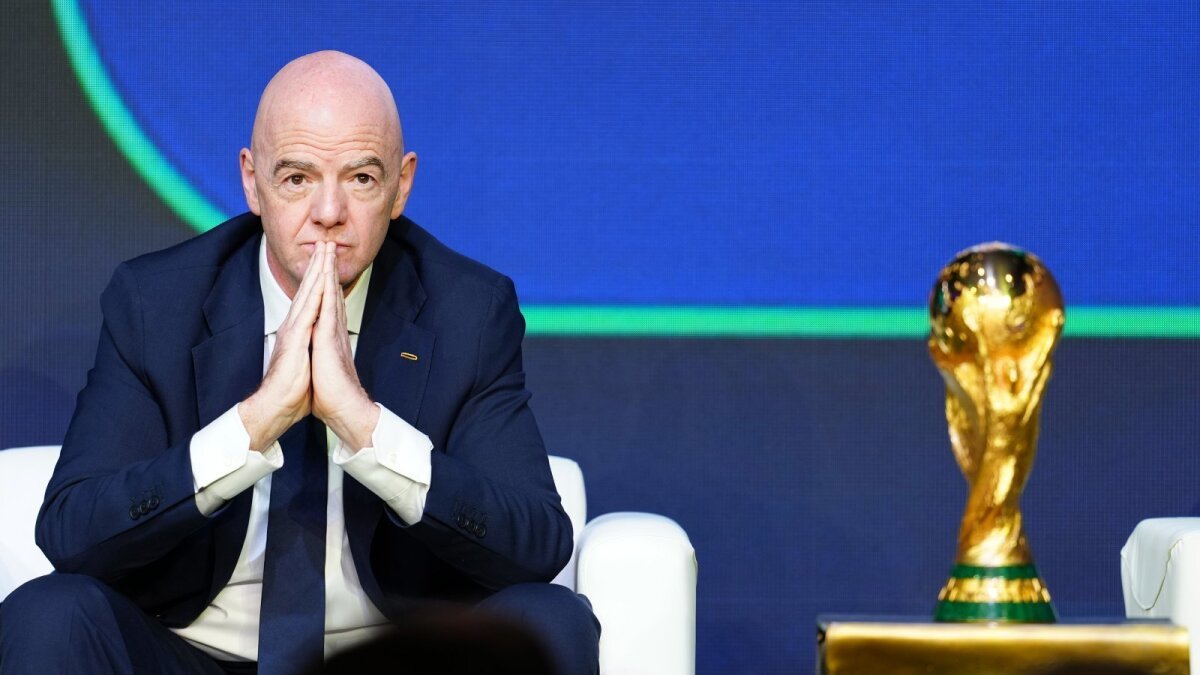A Mere 0.5 Percent Growth in GNI in the First Quarter
A Mere 0.5 Percent Growth in GNI in the First Quarter
Posted June. 11, 2005 06:39,
The growth rate of Koreas real Gross National Income (GNI), a yardstick of purchase power, turned out to be the lowest since the Asian financial crisis.
According to an estimated national income released by the Bank of Korea (BOK) on June 10, Korea posted 155.15 trillion won in real GNI in the period of January to March, a mere 0.5 percent increase compared to the same period last year.
The growth rate is the lowest its been in six years, since the fourth quarter of 1998 when the country saw a growth rate of 6.1 percent, and also is much lower than the gross domestic product (GDP) rate (2.7 percent) during the same period.
After seasonal factors are removed, the GNI of the first quarter was 0.9 percent less than that of the previous quarter. For the first time since the first quarter of 2003 when the GNI was -1.5 percent, the number is on a decline.
The reason for the gap between economic growth and the real income is that a reduced real purchase power of the national income resulted from bad trade terms, which led to the same level of income despite economic growth.
Park Jin-wook, a national income team deputy chief of BOKs economic statistical bureau, explained, Purchasing power rose so slowly because of the low economic growth rate of the first quarter, higher prices of raw materials including oil, and lower prices of major export products like semiconductors, due to cutthroat competition in the global market.
Meanwhile, as many companies were reluctant to invest in facilities, the gross domestic investment rate posted its lowest rate of 25.7 percent in the first quarter since the first quarter in 2002 (25.0 percent).
The nations savings ratio stood at 30.0 percent, 1.1 percent down from the same period last year.
Kyung-JoonChung news91@donga.com



![‘친구’란 말에, 치매 아버지는 고향땅 800평을 팔았다[히어로콘텐츠/헌트①-上]](https://dimg.donga.com/c/138/175/90/1/wps/NEWS/IMAGE/2025/12/14/132961909.1.jpg)

![[천광암 칼럼]장동혁은 계획이 다 있구나](https://dimg.donga.com/c/138/175/90/1/wps/NEWS/IMAGE/2025/12/14/132964515.1.jpg)

